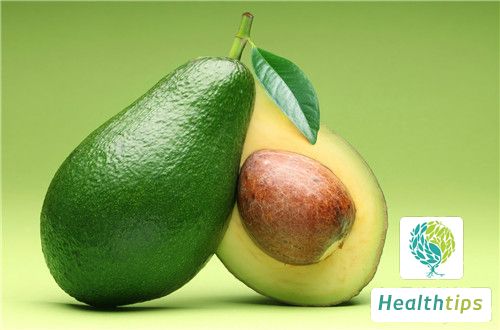Why Is My Big Toe Nail Extremely Thick?
The excessively thick toenail on the big toe is likely caused by abnormal function of the nail matrix or pathological changes in the nail bed. Under normal conditions, there are two types of thick nails: congenital thick nails and acquired thick nails. Acquired thick nails are often caused by fungi, eczema, psoriasis, or trauma. Some elderly people may also experience thick nails due to physiological changes.

The first step to relieving the condition is to obtain a clear diagnosis and select an individualized treatment plan based on the initial diagnosis. The most common cause of toenail thickening is onychomycosis, also known as tinea unguium. Usually, fungal microscopy or culture is required to confirm the diagnosis, and appropriate treatment options are selected based on the specific situation. Antifungal treatment may be prescribed. In some cases, the nail may need to be removed or thinned using a file or laser to enhance the efficacy of treatment.
1. Do not cut too short. The nails should not be trimmed too short, otherwise they will not be able to provide adequate protection and may easily cause injury and infection to the fingertips.
2. Trim slowly. Trim the nails slowly and evenly, and do not rush to avoid cutting into the flesh. Avoid forcing the nail clipper or scissors into the nail bed.
3. Avoid trimming when there are symptoms of pain. If you notice redness, warmth, or pain at the edges of the nails, it may indicate the presence of paronychia.



















